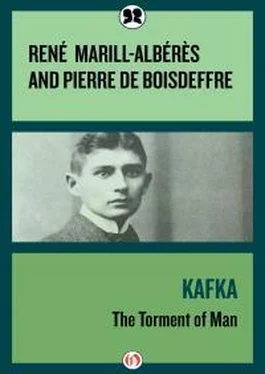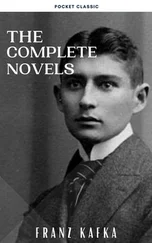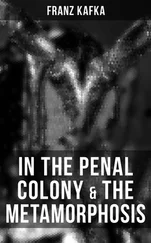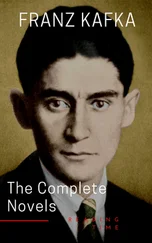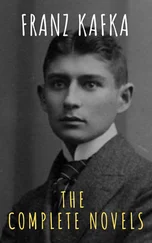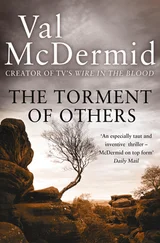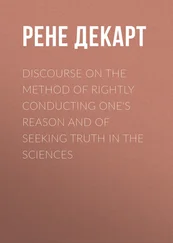Nietzsche dreamed of an art of apotheosis—“the nimbus and the dithyramb”—which would express our gratitude for a world finally worthy of man, a world glimpsed by Homer and Rubens. “To disparage, slander, vilify is Jewish and Christian!” he kept repeating. He would have seen in Kafka’s work an inadmissible bill of indictment in which the author fused in an indefinite confession, regret for a lost Paradise, the humiliation of being excluded from it, and the impossibility of ever being a part of it. Nietzsche dreamed of setting above common humanity a monstrous and superior animal, inhuman and superhuman; his promethean dream culminated in madness. Kafka asked only for the humble joys of common humanity, but in the end he also manifested a singularity that bordered on madness. But he at least chose it whereas the author of Zarathustra experienced it. None of the motives that incited other young men of his time to write—desire for glory and wealth, investigation of an influence or power—seems to have had the slightest effect on Kafka. He was interested only in essentials, in the fundamental dialectic of a human being in search of justification—innocent and guilty, uncertain of his origins and his future, incapable of founding his existence upon justice and truth.
He anticipated the death of “literature,” the triumph of abstract writing, the ejection of the real from a work of art which should no longer be anything except an interrogation of “the ultimate things.” Today many voices, beginning with Beckett’s, seem to be echoes of his voice (“I have nothing to do, that is, nothing in particular. I have to talk, that is certain. I have to talk, having nothing to say.… Not knowing how to talk, not wishing to talk, I have to talk”). 17With Kafka the writer begins to descend from the regions ruled by power and glory (the regions inhabited by Voltaire, Goethe, Hugo, Barrès) to those in which he is besieged by uncertainty, anguish, and humiliation. If he hardly dares to raise his voice, the reason is that he no longer is absolutely certain that he is alive.
NOTES
1. Balzac’s Wild Ass’s Skin ( La Peau de chagrin , 1831), a fantastic tale inspired by Hoffmann, abounds in recollections of wretched times and symbolizes a constant theme: the dissipation of vital energy through the satisfaction of desires. [Trans.]
2. Letters to Milena .
3. Ibid .
4. Andreas Bauriedl (1879-1923) was one of the sixteen Nazis killed at Munich on November 9, 1923. [Trans.]
5. Max Brod.
6. Diary .
7. Diary .
8. Diary .
9. Préparatifs de noce à la campagne .
10. Letters to Milena .
11. “La Prisonnière ,” in A la recherche du Temps Perdu .
12. Diary .
13. Marthe Robert, preface to the French translation of Kafka’s Diary (Paris: Grasset, 1954).
14. Maurice Blanchot, La part du feu .
15. Ibid .
16. Quoted by Gustav Janouch, Kafka m’a dit (Paris: Calmann-Lévy, 1952).
17. L’Innommable .
VI
FROM ALLEGORY TO LEGEND
MYTHS AND INFLUENCE OF KAFKA
We are digging the well of Babel . 1
I have nothing to say about Kafka except that he is one of the rarest and greatest writers of our time . 2
Among the rough drafts that Kafka had enjoined Max Brod to destroy after his death were two great unfinished works, The Tried and The Castle , in which the author passes from symbolic expression to allegory. The other Kafkan texts are the fascinating expression of man’s most profound nightmare—the nightmare in which he discovers his instability and solitude. The Trial and The Castle give the impression of being “summations” of this nightmare.
Though unfinished, these books were to have been finished, if not materially (assuming that Kafka had survived), at least symbolically. For they are constructed to constitute the Summation of human failures, to be the image of an unfinished Summation.
For a man to enter a village to reach the castle nearby where he is to fulfil his functions as a land-surveyor, and to fail through a series of misunderstandings, mysteries, apparently neglected opportunities, and incomprehensible interdictions ever to make his way into this Castle—this is a preposterous tale. A brutish, insensitive mind—the opposite to Kafka’s—might wonder why after being refused a means of transportation, after failing to obtain from those living in the castle any hint concerning the time he was expected, this man did not climb resolutely up the hill on his own, if only to demand an explanation.
By the same token, if in The Trial Joseph K. is informed that he is on trial but cannot find judges, information-givers, or lawyers, an independent thinker might conclude that the “trial” does not exist and treat those who talk to him about it as practical jokers.
We do not have to belabor Kafka’s unique art of causing us to accept a lucid, symbolic nightmare. He had already demonstrated this art in his earlier texts—and it is this very art which his imitators are unable to rediscover. For Kafka does not impose belief in the absurd world in which his heroes struggle as a conventional, literary postulate of a tale that purports to be haunting. We do not read The Castle and accept out of politeness the twisting of verisimilitude characteristic of just any fantastic tale. We read The Castle because an impression of perfect—though agonizing—reality compels us to read it to the end. In this sense it is also accessible to the occasional reader with a mediocre education, accustomed to the coarse, dramatic realism of newspaper reporting or stories in magazines. For such a reader the book, once closed, remains “unpleasant” (because he is not accustomed to a heavy diet) but undisputed.
This fascination is the fascination of the half-familiar, half-uncanny objects which surrealists have at times tried to construct: a rational world, but one which has ceased being natural, overpopulated, and excessively hierarchical, and one in which the individual is alone. Everything is familiar, and Joseph K. discusses his “trial” with his landlady and a woman living in the same boarding-house. But this commonplace universe is false since everything that happens is incomprehensible, and especially the orders or information—fragmentary—which subordinates transmit to him from unknown and unknowable authorities. 3
In contrast to the exoteric allegories used to excess in medieval literature, The Trial and The Castle are esoteric myths. They correspond to the need for translating into artistic terms certain fundamental fears and enigmas associated with the human condition: the absence of Law or Justice to give meaning to life, the feeling of guilt to which this gives rise in man. Kafka rediscovered the secret which the votaries of enigmas had lost: that the presentation of an enigma must itself remain enigmatic, ambiguous.
It follows that these texts, which are not the allegory of a doctrine but the allegory of an enigma, cannot be explained. They are indeed esoteric, in the sense that to study them with a view to finding one interpretation will always be childish. They are designed to provoke successively every possible interpretation even as each of these interpretations—and their sum as well—remains inadequate. As for a privileged, definitive interpretation, this does not exist for the simple reason that Kafka was not familiar with it and wrote these very texts only to show that it was not to be found.
Читать дальше
